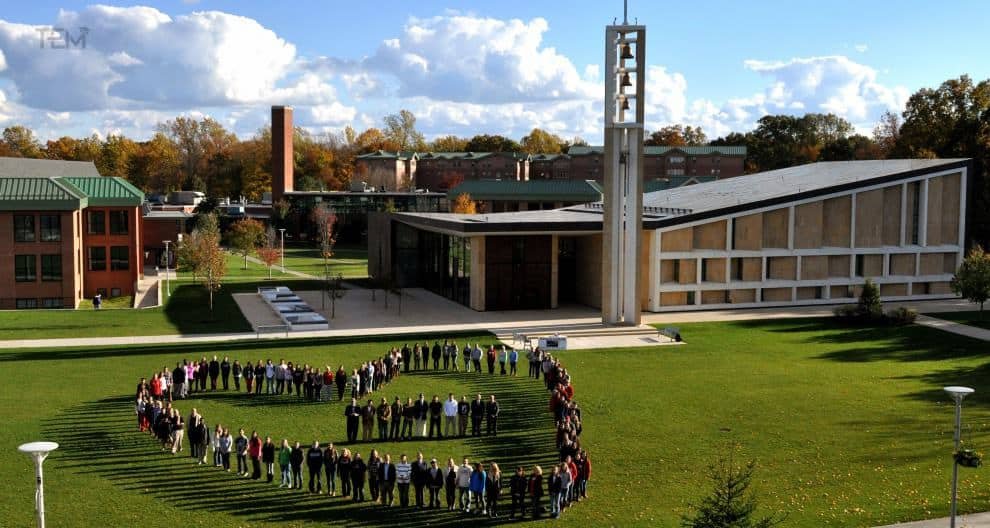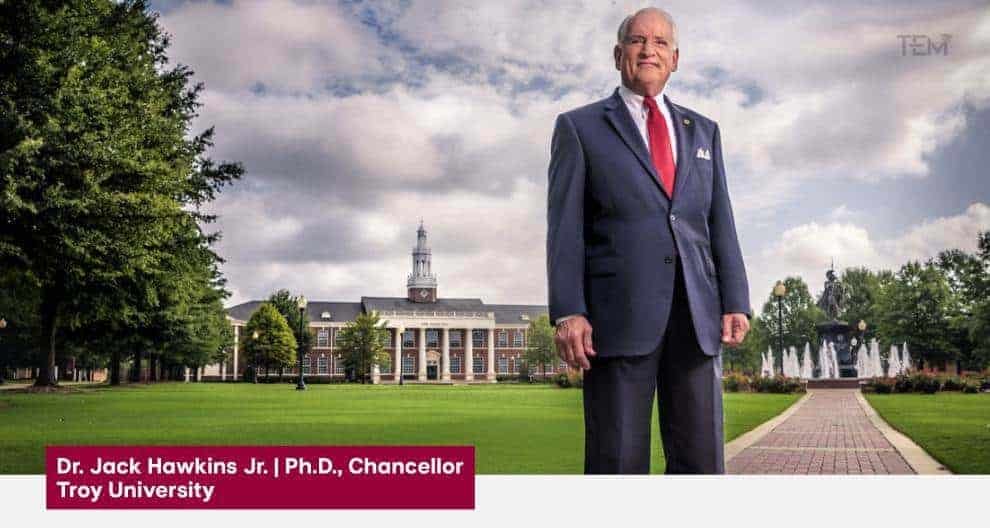Dr. Sara Ross,
Chair, Department of Media and Theatre Arts and Director of the Graduate Film Program
Sacred Heart University Fairfield, Connecticut, USA
Longstanding problems with diversity and inclusion in the U.S. film industry have been in the news a great deal of late—ever since the social media #OscarsSoWhite phenomenon that began in 2015 and subsequent movements such as #WhiteWashedOUT and Time’s Up. Critics noted that in 2015, and again in 2016, all 20 Oscar acting nominations went to white actors, and all of the directing nominations went to men. If things seemed to have changed somewhat by 2019, when there were 13 Oscar winners of color overall, 2020 presented a more ambiguous result. Only one actor of color was honored with a nomination, and a number of diverse films that were in contention were overlooked. However, director Chloé Zhao became the second woman, and the first woman of color, to take home the award for Best Director.
The Golden Globe Awards has undergone its own controversy because of the lack of diversity in its awarding body, the Hollywood Foreign Press Association. Public scrutiny of high- profile awards like the Oscars and the Golden Globes has seemingly pushed the industry in the direction of awareness and positive change when it comes to supporting the work of those who have historically been marginalized. However, as the examples above emblematize, this change can be agonizingly slow and subject to pendulum swings. While they can be an important hallmark of change, progress in the industry’s top honors are also the tip of the iceberg, as the film industry remains one of the least diverse professional sectors.
Citing a report by the management consulting firm McKinsey and Company, The New York Times recently reported that “The film industry…is a less diverse one than even typically homogeneous sectors like energy and finance.” The same report estimates that the film industry would stand to earn $10 billion more annually if it improved its representation of minority groups in film.[1] More importantly, given the U.S. film industry’s role in agenda setting and establishing and mediating cultural norms, not only in the United States but also globally, this lack of diversity among those who create the stories that we share is particularly problematic. Much of the path to greater inclusion in the film industry must be paved at the level of production companies, through a commitment to diversity in hiring and by greenlighting and providing greater financial support for productions that feature diverse casts and crews.
Given the important role played by graduate film schools as a funnel to industry careers, universities also have a crucial role to play if diverse voices are to gain traction in the media industries. Breaking into the media industries, particularly without a graduate degree, tends to require participation in unpaid or low-paid internships, and hires are often made on the basis of existing professional networks, perpetuating a ‘good old boy’ culture in the industry. Learning the skills necessary for creative careers is only part of what goes on in film school. This is also where many future film professionals gain cultural capital in the form of knowledge of film history and aesthetics, learn the ins and outs and the specialized language of the industry and gain access to vital professional networks. This is why many film industry creatives get their start in film MA and especially MFA programs.
However, many of the best-known film MFA-granting institutions are located in places like Los Angeles and New York City, where the high cost of living, on top of tuition and required equipment rentals, means that a three-year MFA degree can cost students as much as $300,000 or more. And this is if students can gain access to the top schools that have a notoriously high rate of rejection. All of this presents formidable obstacles for industry newcomers as well as for lower-income students, limiting equitable access to film industry jobs. The availability and recognition of high-quality but more moderately priced film schools, with admissions practices that are supportive of diverse and non-traditional applicants, is thus vital. Access to financial aid, equipment borrowing privileges that are included in the cost of tuition, intensive two-year MFA programs, part-time programs and course scheduling that allows students to hold jobs while earning their degrees, along with the incorporation of internships into the curriculum are other important considerations. Support both for and from recent alumni who are gaining a foothold is also crucial to developing new networks for advancement in the industry.
The contemporary media landscape provides a proliferation of formats and new exhibition opportunities that have the potential to allow more diverse voices and stories to reach audiences. While traditional film MFA programs may focus their attention and resources on a handful of students striving to reach the top of Hollywood feature film production, there is a need for programs that invest as much energy and creativity into students who will start small independent production companies or become documentarians, VR/AR/XR storytellers and television, web series, commercial or corporate video producers. A change in the kinds of stories told in all of these areas can contribute to a diversification of our cultural landscape. Film graduate programs should consider carefully whether all of their practices, from admissions through curricular design and outreach to alumni, perpetuate the status quo or help to create the conditions in which new voices are uplifted and diverse stories can be told.
About the Author:
Sara Ross, PhD (“Sally”) is a film scholar with a focus on women in film. She has centered her research and teaching practice on film aesthetics and film storytelling, both as they apply to film scholarship and also as vital tools for aspiring filmmakers. Ross is the author of scholarly articles on subjects ranging from the Hollywood flapper in the 1920s to contemporary 3-D cinema. She has published in the journals Film History, Camera Obscura, Modernism and Modernity, Aura, and in a number of anthologies. Her interests include silent film and female characters in Hollywood, with publications on these topics including “Screening the Modern Girl: Intermediality in the Adaptation of Flaming Youth”, Modernism and Modernity, “1922 – Movies and the Perilous Future”, American Cinema of the 1920s: Themes and Variations, “The Americanization of Tsuru Aoki: Orientalism, Melodrama, Star Image and the New Woman”, and “‘Good Little Bad Girls’: Silent Comediennes and the Performance of Girlish Sexuality.” Her most recent work focuses on the history of the romantic comedy. As the second-largest independent Catholic university in New England, and one of the fastest-growing in the U.S., Sacred Heart University is a national leader in shaping higher education for the 21st century. SHU offers more than 80 undergraduate, graduate, doctoral and certificate programs on its Fairfield, Conn., campus. Sacred Heart also has satellites in Connecticut, Luxembourg and Ireland and offers online programs. More than 9,000 students attend the University’s nine colleges and schools.
Sperling, Nicole. “Hollywood Loses $10 Billion a Year Due to Lack of Diversity, Study Finds.” The New York Times, 11 May 2021.
Read Full Magazine:- The 10 Best STEM Universities of 2021


